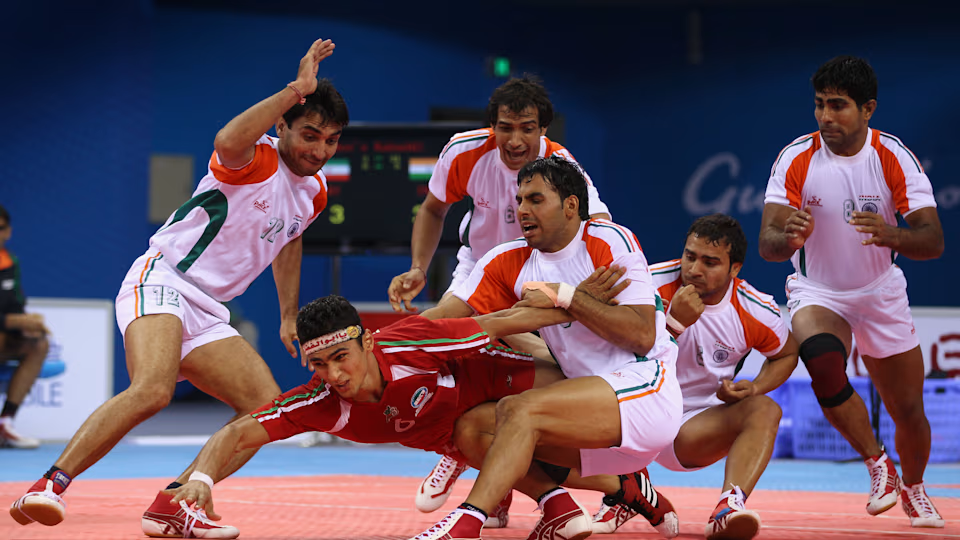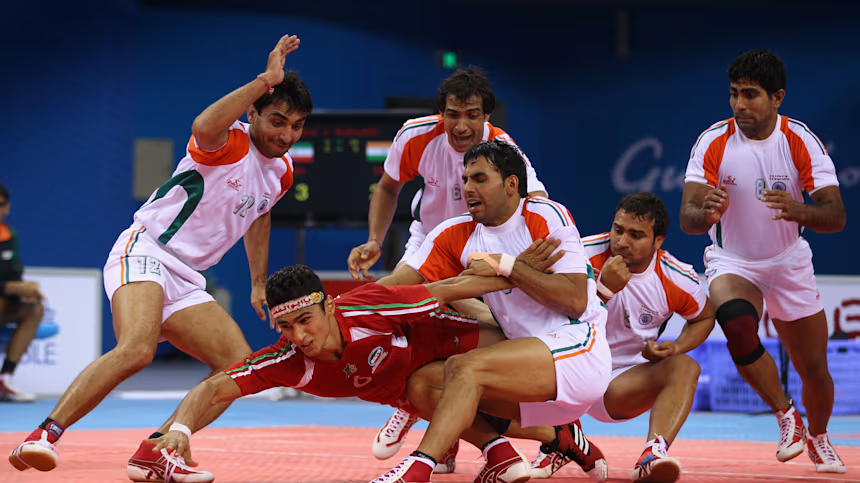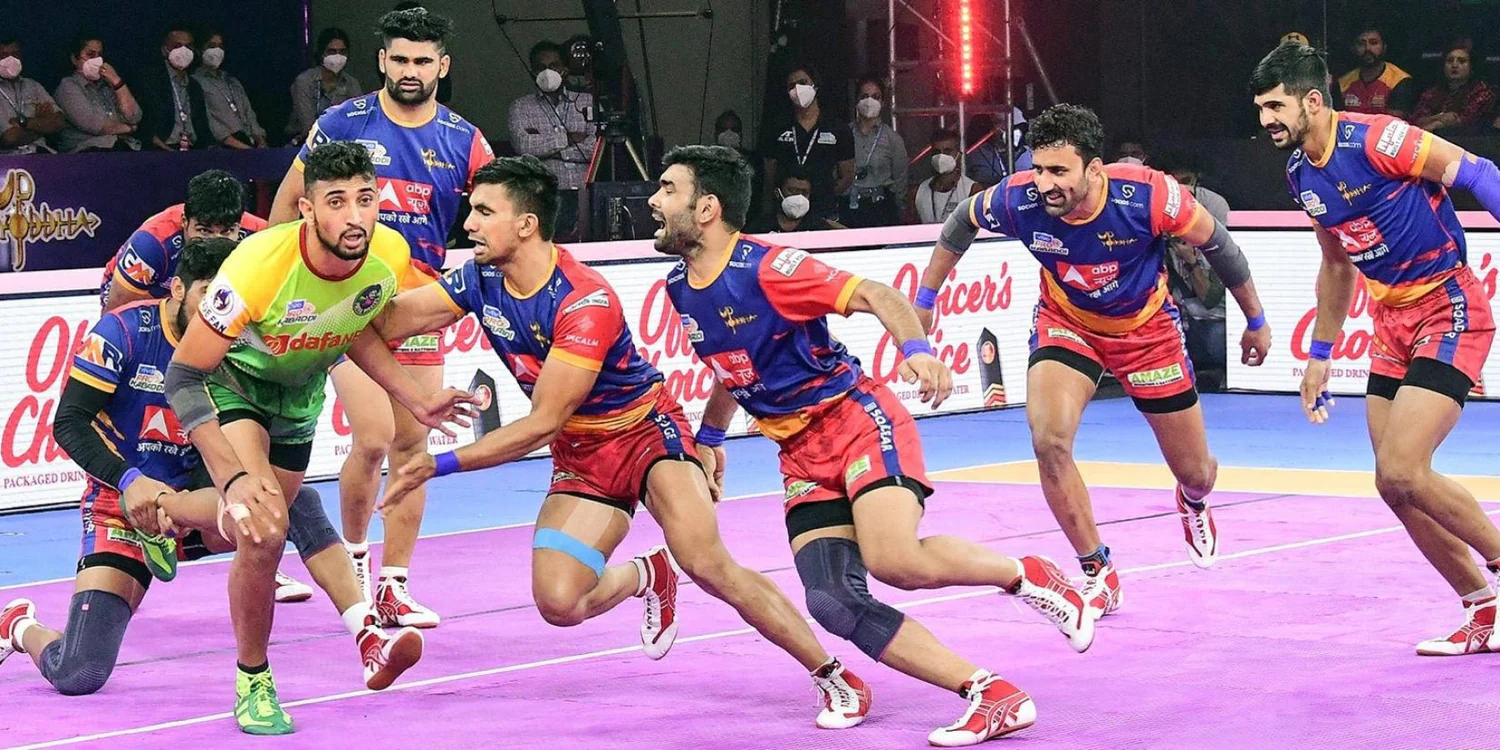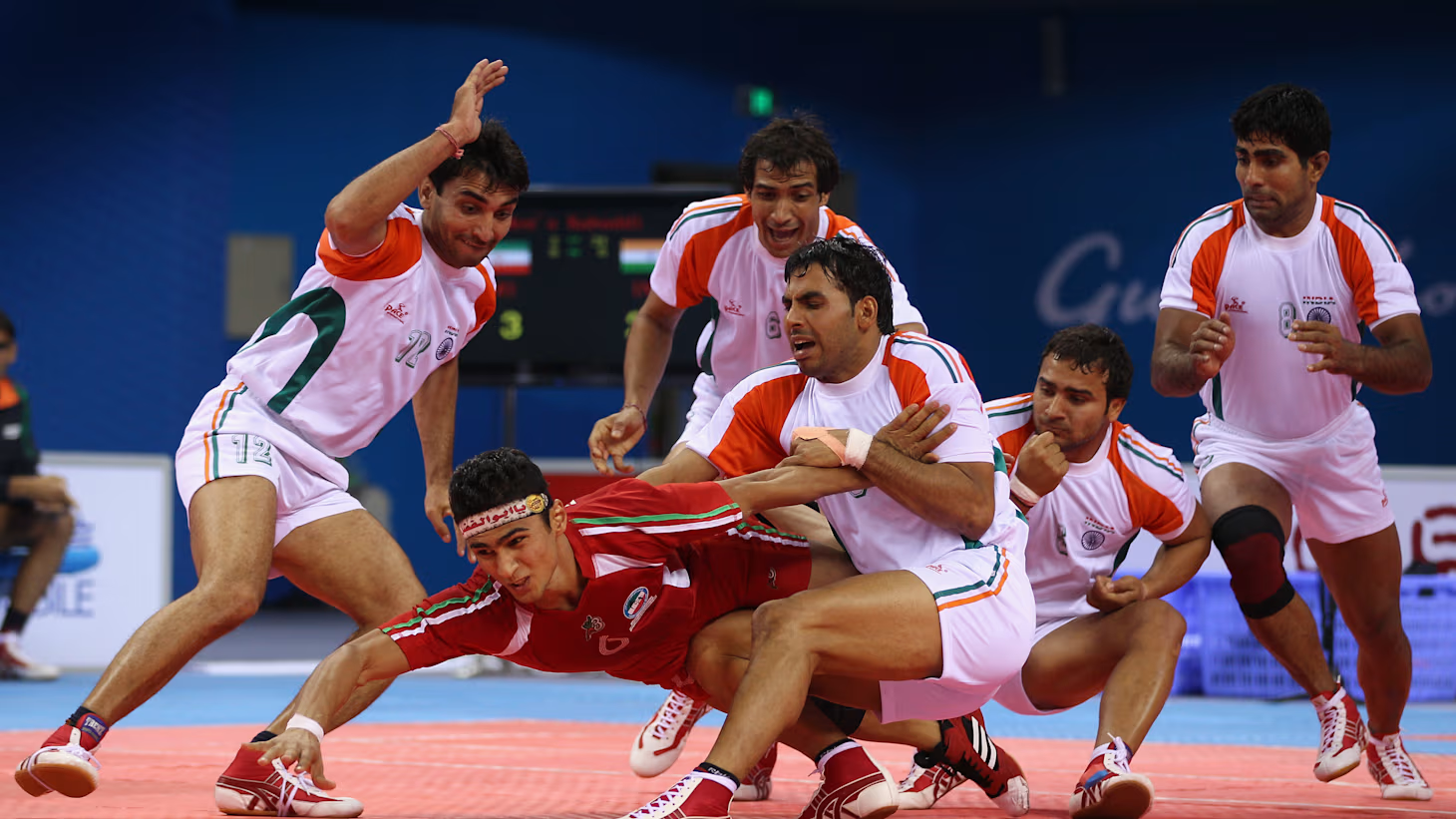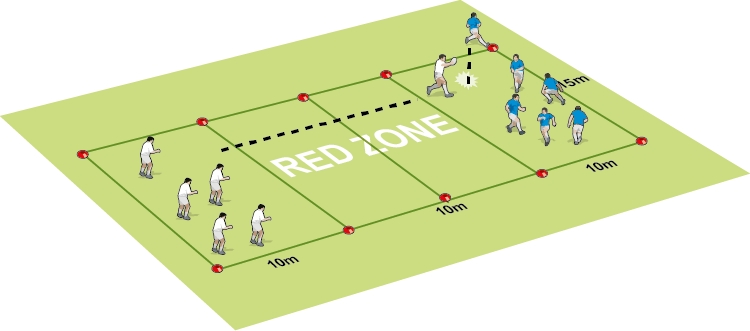Timing is one of the most critical factors in Kabaddi. Whether you’re raiding or defending, the success of your actions often depends on when you execute them. In Kabaddi, making the right move at the right moment can make all the difference in gaining or losing points. This article explores how mastering timing in both offensive and defensive plays can enhance your performance in the game.
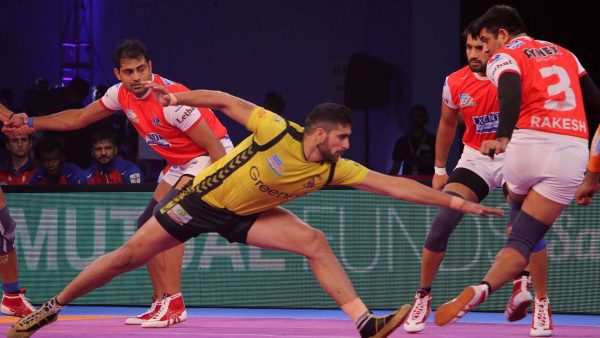
-
Offensive Timing – When to Raid and Attack
Raiding in Kabaddi is an exciting but challenging task. A raider’s ability to score depends on their timing, which involves knowing when to strike and when to retreat. Effective timing ensures the raider catches the defenders off guard and can make it back to their side safely.
Key Offensive Timing Techniques:
- Wait for the Right Moment: Timing your attack when the defenders are out of position or distracted increases your chances of success. Be patient, and wait for a gap in the defense before making your move.
- Deception: Use fake movements to trick defenders into committing to a direction, then quickly change your position to evade them. A sudden change in direction can catch defenders off balance and make it easier to tag them.
- Surprise Attacks: Sometimes, waiting for defenders to focus on a teammate and then attacking at the last moment can be a highly effective strategy. The element of surprise can make a raider’s move difficult to counter.
Advanced Tips:
- Perfect Your Timing: Practice various raids at different speeds and with different timing. Learn to gauge when defenders will commit to a tackle and use that moment to make your move.
- Use Your Team’s Movement: Timing can also depend on how well the team works together. Communicate with your teammates and plan your raids based on the defenders’ movements.
-
Defensive Timing – When to Tackle the Raider
In defense, timing is just as crucial. Defenders must judge when to commit to a tackle, when to hold their ground, and when to pull back and wait for another opportunity. A successful tackle often hinges on precise timing, where the defender must make their move just as the raider attempts to break free.
Key Defensive Timing Techniques:
- Anticipating the Raider’s Move: By observing the raider’s body language and movements, defenders can anticipate when they will attempt to dodge or leap over. Reacting just as the raider makes their move is key to successfully executing a tackle.
- Coordination with Teammates: Timing your defensive moves with your teammates is essential for trapping the raider. When multiple defenders surround the raider, they should all act simultaneously to close off any escape routes.
- Holding the Line: Sometimes, instead of diving directly into a tackle, it’s more effective to hold the line and wait for the raider to approach. Timing your tackle just as they attempt to pass by can be a more effective strategy than diving too early.
Advanced Tips:
- Stay Patient: Don’t rush into a tackle. If you overcommit to an early tackle, you may leave yourself open to being evaded or countered.
- Work in Pairs: Pairing with a teammate for a double tackle allows defenders to act in unison. This timing-based strategy can overwhelm the raider and prevent them from escaping.
-
Timing During Transition – Shifting Between Offense and Defense
Kabaddi is a fast-paced game where the transition from offense to defense happens quickly, often within seconds. The timing of these transitions is vital, as it allows players to stay one step ahead of the opposing team. Properly timing when to switch between raiding and defending can dictate the pace of the match.
Key Transition Timing Techniques:
- Quick Substitutions: Substituting players at the right moment can change the flow of the game. Knowing when to bring in fresh legs or rotate players helps keep the team energized and ensures high-intensity plays on both offense and defense.
- Fluid Transition: Teams should be trained to seamlessly transition between offense and defense. A team that can quickly adapt when the raiding opportunity ends will have a tactical advantage.
- Alertness and Focus: Players must stay alert and be ready to switch roles at any moment. This means constantly focusing on the game and being mentally prepared for changes in strategy.
Advanced Tips:
- Quick Turnaround: After a successful raid, it’s important to transition immediately into defense. A fast recovery from attack to defense can catch the opposing team off guard and create counter opportunities.
- Communicate: Always communicate with your teammates about the timing of substitutions and transitions. Clear communication helps execute strategies more effectively.
-
Psychological Timing – Mentally Preparing for the Right Moment
While physical timing is essential in Kabaddi, mental timing plays an equally important role. Players need to be mentally prepared for the pressure and intensity of the game, and understanding when to act or hold back is key to maintaining focus.
Key Psychological Timing Techniques:
- Calm Under Pressure: Players must learn to stay calm during critical moments. When the game is intense, it’s easy to rush decisions, but maintaining a clear mind and waiting for the right moment to act is essential.
- Stay Focused: At all times, players need to be aware of the game’s flow and know when to act. Staying mentally engaged allows players to react appropriately during high-stress moments.
Advanced Tips:
- Visualization: Before the match, visualize key moments in the game and mentally rehearse your reactions. This helps prepare you for real-time decisions.
- Adapt to the Opponent: Be flexible in your approach. Pay attention to the opponent’s timing and adjust your strategy accordingly.

